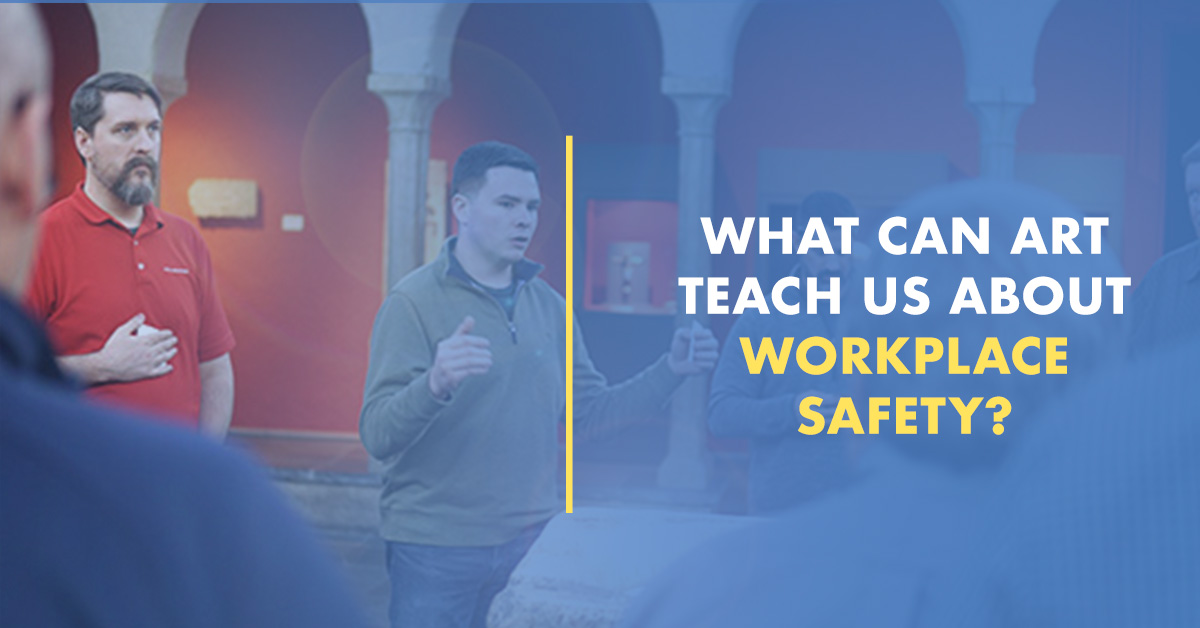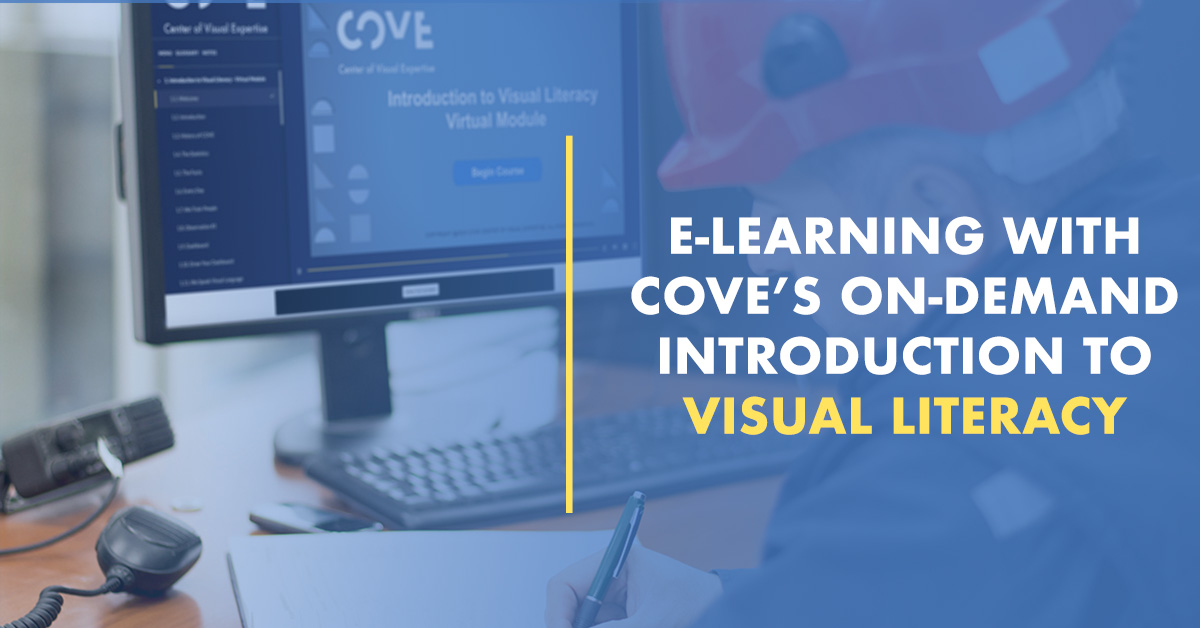Safety programs are developed to help organizations and workers identify and mitigate risk, and to consider and implement effective fail safes. Over the last several decades we have invested significantly, as a profession, in building robust, reliable, integrated programs. We take a risk-based approach, and mature safety operations have engaged and involved workers in leading the efforts to continuously evolve and improve these safety programs.
However, in the last decade we have seen a decline in the efficacy of these very programs — if we take workplace fatalities to be an indicator — and, at the very least, many corporate safety executives are concerned about their ability to sustain improvements gained in the past. There is a thirst for new and better ways of understanding risk in the operating environment, a genuine desire to innovate and find a pathway to further reduce risk and exposure in the workplace.
Download the rest of this white paper to see some of the work done to date, and how Visual Literacy methodology can be woven into your existing safety program.




